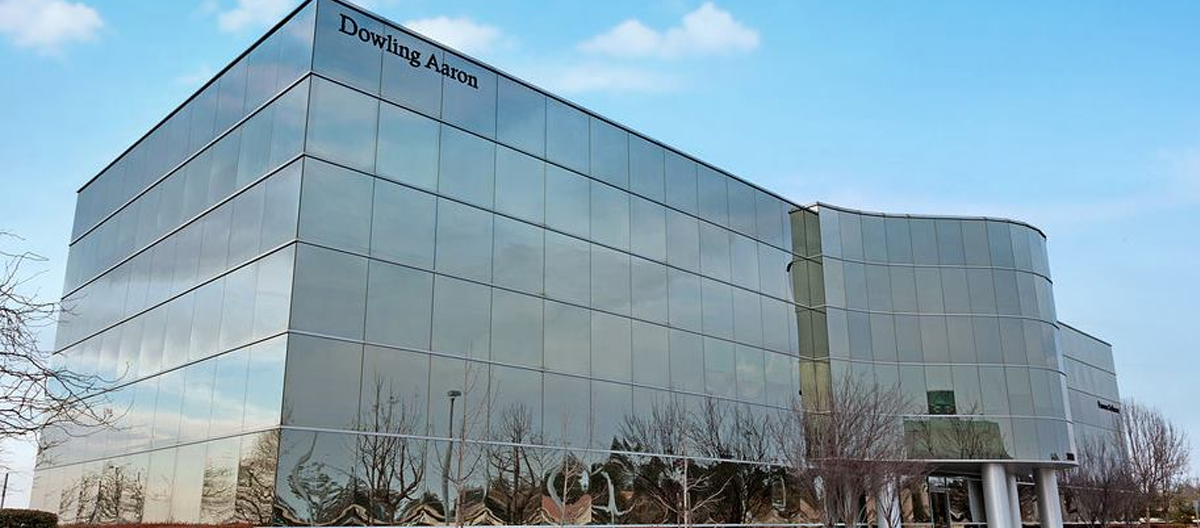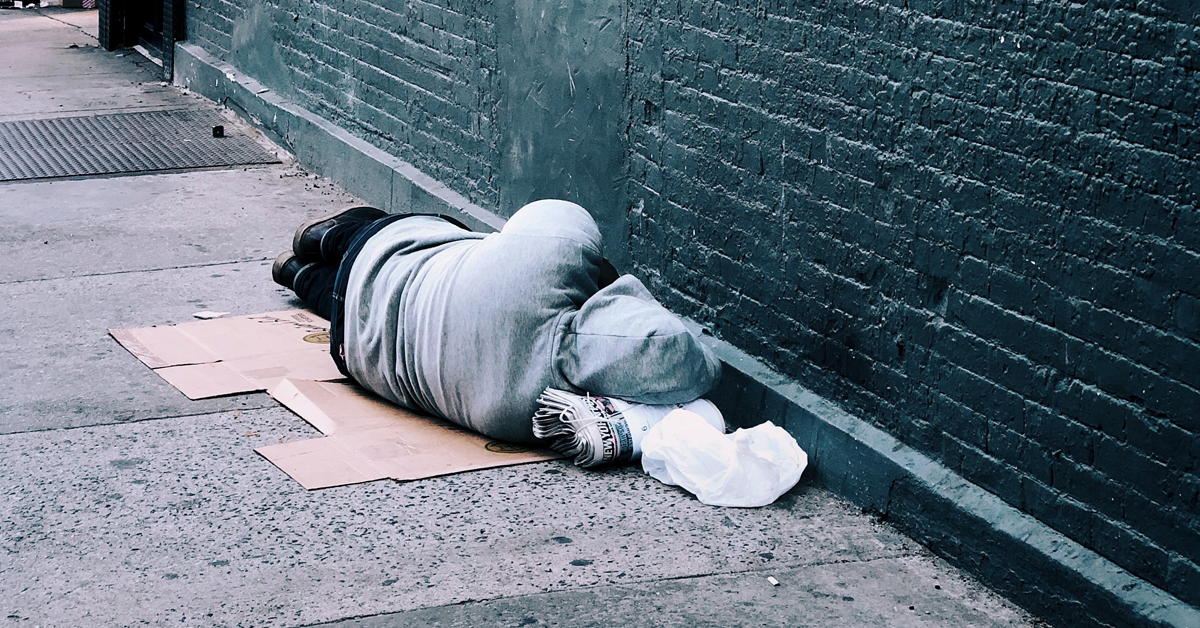Given the long, complicated history of Bus Rapid Transit, and in light of the heated debate over fare evasion on Fresno’s soon-arriving system, there are 7 key points worth remembering:
1. It all ties into 1,000 cops
As you may recall, Mayor Brand in his proposed FY 2018 budget wants to add about 20 police officers. That would be the first step in his eight-year effort to create a force of 1,000 sworn cops (we’re at about 800 authorized positions now).
The fight against fare evaders is a big part of that first step.
The May 18 staff report includes this paragraph: “The Fresno Police Department will be responsible for enforcing the amended ordinance as well as providing additional public safety services along and adjacent to both BRT corridors, including Downtown. As such the Transportation Department will be doubling the number of sworn positions that it funds from 9 to 18. The increase in the number of sworn positions will help mitigate the loss of revenue associated with fare evasion while significantly improving the level of safety for customers, drivers and surrounding neighborhoods.”
The addition of nine cops would cost the city about $1 million annually. If BRT and its fares don’t pay for those nine, then the general fund does. Or the nine positions simply disappear.
2. Misdemeanor aside, penalties aren’t going to be pretty
The proposed BRT framework wants to really stick it to that struggling convenience store clerk who gets nabbed on the way to work without a ticket.
The proposed framework states that “a first or second violation is an infraction punishable by a fine not to exceed two hundred fifty dollars and by community service for a total time not to exceed 48 hours over a period not to exceed 30 days, during a time other than during the violator’s hours of school attendance or employment. A third and subsequent violation… is a misdemeanor punishable by a fine of not more than four hundred dollars or by imprisonment in the county jail for a period of not more than 90 days, or by both that fine and imprisonment.”
OK, the misdemeanor part is gone for the third violation. But the bottom line is that fare evaders could be hit with fines far bigger than a parking ticket fine. I’m guessing the money from those fines will help pay for the nine extra FAX cops.
3. The fundamental fight of decriminalization looms large going forward
All of the council members on May 18 made valid public-policy points, jumbled together though they were. But I couldn’t help thinking that the fundamental point of Soria-Baines – City Hall must be mighty careful in dispensing punishment to BRT’s low-income wrongdoers – is just a hint of policy debate coming down the road.
The Atlantic magazine/website recently had a story titled, “Should States Charge Low-Income Residents Less for Traffic Tickets? – California’s steep penalties help generate funding for government programs. But they’ve come with additional cost.”
The story’s point: A fine with enough bite to get a the attention of a middle class resident can have an onerous effect on the poor, possibly destabilizing families and neighborhoods.
If BRT truly becomes a pivotal service for low-income Fresnans getting to work and school, and there are a lot of fare evaders nabbed by those 18 cops, does anyone really think City Hall is going to ban three-time violators from the system?
And those $250 fines – they won’t disappear from the public records if left unpaid. They’ll follow the fare evader until he pays them.
On the other hand, to ignore punishment for fare evaders, as Marc Kapetan noted, is to whittle away yet another slice of society’s foundation.
4. Soria, Baines and Caprioglio could invoke the non-existent BRT Advisory Board to hold steady on their view of fare evasion penalties
To refresh your memory, the proposed BRT framework is a series of amendments to municipal code. One of those amendments is a deletion.
The code now states: “The Mayor may appoint, with the approval of the Council, an advisory committee to act as an advisory body to the Director (of Transportation) and to give advice and make recommendations on any such special transportation services provided by transit. The committee shall, if appointed, be an adjunct of the administrative staff of the city and shall not be deemed a board or commission of the city.”
I don’t know if this committee has been appointed. If so, it’s history if the framework is adopted as proposed.
If the committee hasn’t been appointed, Soria, Baines, Chavez and Caprioglio might want to think about retaining this part of the code and encouraging Brand to fill its seats. If BRT is really going to be a major piece of social justice in Fresno, then shouldn’t there be a BRT citizens advisory panel holding monthly public meetings?
5. Shifting deadlines, no concrete BRT launch date are part of the problem
I’d love to know if BRT is on schedule. I wrote a BRT story in May 2015 for The Bee. City officials at the time thought BRT would go live in January 2017. That obviously didn’t happen.
The Bee’s Tim Sheehan in June 2016 wrote a BRT story. City officials at the time though BRT would go live in November 2017. Is that still the target date?
And what ever happened to BRT’s “Ride The Q” branding campaign? Taxpayer dollars as far back as 2013 were paying for that public relations effort. I’ve missed all the “Ride The Q” chatter, and we’re supposedly less than six months from the BRT ribbon cutting.
6. It’s all integrated in the Swearengin Era “Plan Boom”
Don’t forget that BRT is a vital part of the Ashley Swearengin-Lee Brand initiative to change the soul of Fresno and return civility to our public squares. There’s the 2035 general plan, the Downtown Neighborhoods Community Plan, the Fulton Corridor Specific Plan, the new Development Code, the high-density residential neighborhoods mandates, the parks master plan, to name just a few of the other pieces.
7. Where in the world is Steve Brandau?
Finally, Council Member Brandau was unusually quiet during the May 18 debate. Brandau has long been a fierce critic of BRT. He thinks BRT is overpriced and oversold. He says scarce transportation dollars would be better spent on improving established FAX routes.
I think I know why Brandau was a wallflower on May 18.
When you’re enemy is destroying himself, stand back.










